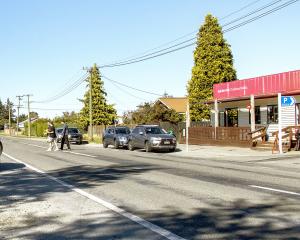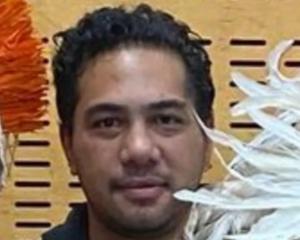
The council upgraded 119 below-ground well heads across the city to protect the drinking-water supply from potential surface contamination. The well heads sit on top of the city’s numerous wells and connect to the wider water supply network.
- Residents give council its lowest rating
- Christchurch delays end to chlorine water treatment
- Report into city's drinking water
"You can see some of them when you’re moving about the city,” said council head of three waters and waste Helen Beaumont.
"They’re big, shiny blue pipes coming out of the ground with a fence around them. They’re state-of-the-art, very secure and much easier to maintain, and they’ve been designed to future-proof the city’s water supply network for many years to come.”
Beaumont said it is a big step towards bringing Christchurch’s water supply network in line with the Government's new framework for assessing contamination risks to drinking water, which was introduced after the Havelock North Inquiry.
The upgrade work started in June 2018 after the well heads were no longer deemed secure by an expert in well head security. Since then, the city’s drinking water has been treated with chlorine to "provide an extra barrier against potential contamination".

The council says it needs to keep "a low level of chlorine in those areas until the risks have been addressed and a review of its new water safety plan is completed".
About 20 per cent of the city is currently chlorine-free, with most of the remaining areas being treated with a low dose at 0.2 parts per million - a fifth of the dose that was added to the water when the treatments began.
"Until our new Water Safety Plan is approved by the drinking water assessors, we need to keep operating under our current Water Safety Plan, which requires us to keep chlorine in the drinking water until the security of all our well heads have been signed off by an expert in well head security and then approved by the drinking water assessor," Beaumont said.
"In addition, there are some other parts of our water supply network that need to be upgraded before our new Water Safety Plan can be approved and the chlorine removed.
"Those other parts include some reservoirs and suction tanks, as well as devices to prevent the possibility of contaminated water back-flowing into the network from hazardous commercial and industrial sites."
Beaumont also said "the timeline for removing chlorine from the city’s drinking water is not entirely within the council’s control".
"The timing for getting our new Water Safety Plan approved - and the chlorine removed - is uncertain, because it depends on the Drinking Water Assessor agreeing with our risk assessment in the plan, and also agreeing we’ve taken steps to make sure the water supply network is secure enough without the need for ongoing chlorine treatment.
"Our aim has always been to protect public health and demonstrate we can supply safe drinking water without the need for permanent chlorine treatment.
“The next step is to update our new Water Safety Plan and then re-submit it to the drinking water assessor for final review, which we expect to do by the end of this year.”













